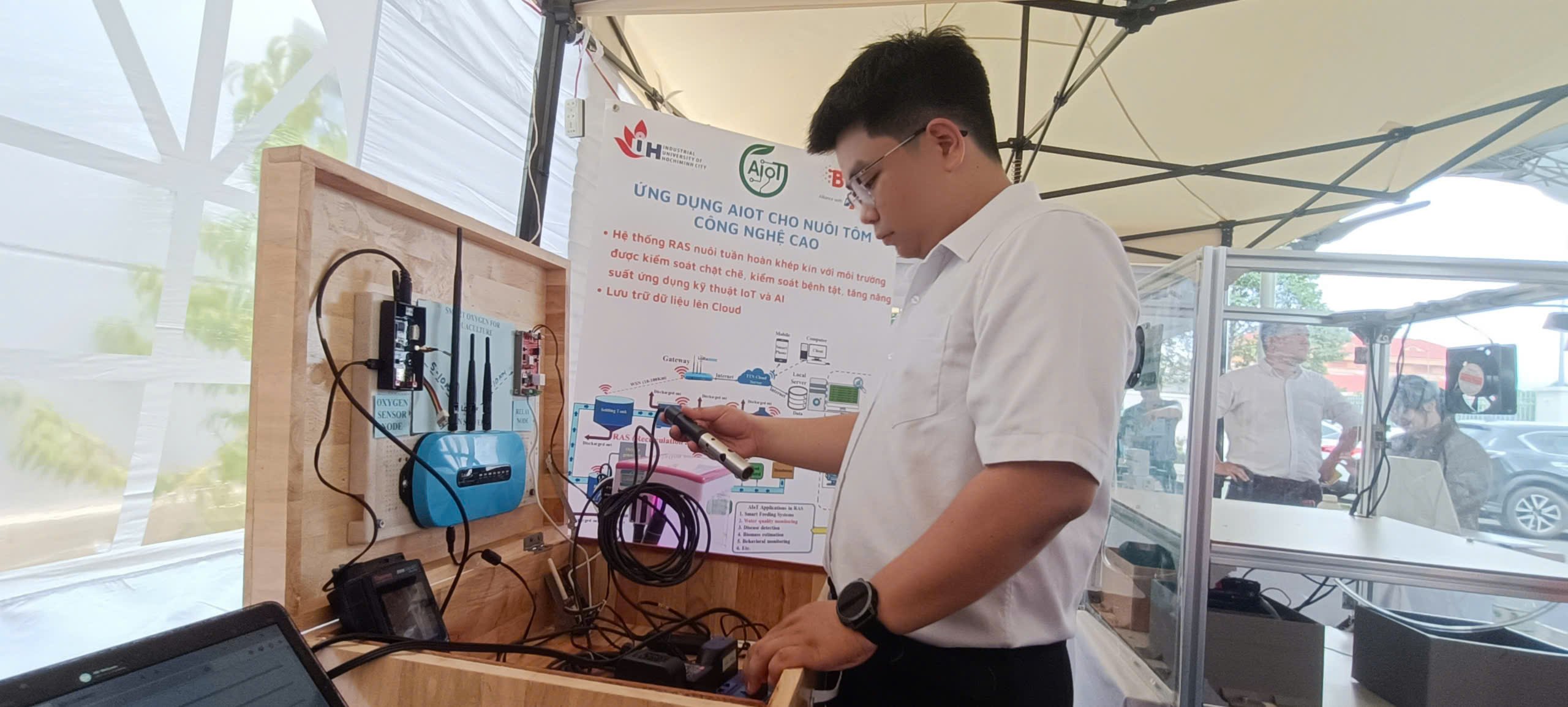 |
| A member of the Green AIoT project research team checks a sensor device measuring oxygen concentration in a shrimp pond. |
AI controls the water environment
At the event organized by the Department of Science and Technology last weekend on AI applications in production and life, Ho Chi Minh City University of Industry, BTEC FPT and Melbourne Polytechnic Vietnam introduced to farmers the Green AIoT project - a solution applying artificial intelligence in monitoring and optimizing the water environment for shrimp farming.
The Green AIoT system operates through a network of IoT sensors, continuously collecting data on pH, salinity, dissolved oxygen, temperature and alkalinity. These are factors that directly affect shrimp physiology, molting cycles, metabolism and disease risk.
According to Mr. Vu Phan Minh Hai, project representative, the notable point is that AI is integrated to process data in real time, early identification of adverse fluctuations. When abnormalities are detected, the system can automatically activate devices such as ultra-fine oxygen generators (UFB) to adjust the environment, supporting stable shrimp growth.
AI in Green AIoT also has predictive capabilities, through learning historical environmental data to proactively propose early intervention measures. This process is supported by autonomous surface vessels (ASVs), which allow AI to collect and analyze data at multiple points in the pond, thereby providing a comprehensive, accurate and flexible view for farmers.
“Green AIoT is not just a technology system, it is a clear image of the future of smart agriculture . AI will manage and intervene, helping farmers increase productivity, reduce risks and guide the aquaculture industry towards sustainability in the digital age,” said Mr. Hai.
 |
| Mr. Phan Duc Dat's shrimp farm (Phuoc Hoi commune, Long Dat district) is applying many technologies to manage the shrimp farming environment. |
Apply many modern farming technologies
According to the Department of Agriculture and Environment, the province currently has 527 high-tech production facilities for cultivation, livestock and aquaculture. Applied technologies include greenhouses, net houses, automatic feeding and nutrition regulation systems; technology for monitoring and adjusting temperature and humidity based on sensors; application of information technology in management and control, application of microorganisms in waste treatment, water environment, etc.
In aquaculture, there is a modern water supply and wastewater treatment system. Water is treated and reused in a closed cycle without being discharged into the environment. The main form of farming is in floating ponds, round ponds lined with tarpaulin and covered with a density of 250-500 fish/m2, farming 3-4 crops/year, yielding 30-50 tons/ha/crop.
Mr. Phan Duc Dat's farm in Phuoc Hoi commune, Long Dat district is raising white-leg shrimp according to the CPF Combine model on a total area of 21 hectares. Of which, 3 hectares are for 21 shrimp ponds; the remaining 18 hectares are arranged for 20 settling ponds and water treatment ponds, forming a closed farming process to strictly control the environment, promptly detect and handle when shrimp show signs of infection.
Mr. Dat also invested in modern oxygen pumps, fans and pH measuring equipment to ensure water quality and pond hygiene. The water in the pond is changed every day after being treated through a settling pond, helping to stimulate shrimp to molt, grow quickly and maintain a stable living environment.
The hot and sunny weather mixed with sudden rain like in recent days can easily cause heat shock to shrimp, so Mr. Dat covered the entire pond system with a greenhouse and raised the water level to a maximum of 1.5m to stabilize the environment. Mr. Dat also applied the new Vibot microbiological technology, creating a brown "fake membrane" layer on the water surface, to minimize the heat, ultraviolet rays and rain affecting the shrimp.
Vibot technology uses two strains of microorganisms, Bacillus subtilis and Bacillus lateosporus, which help inhibit bacteria that cause white opaque liver disease (TDP) in shrimp, while slowing down the growth and decomposition of algae.
Shrimp have less diseases, stable water environment helps to change water in ponds less, shrimp farmers also reduce costs of buying antibiotics, lime, vitamins to increase shrimp resistance. In addition, when shrimp are healthy, good appetite has increased productivity by more than 20%.
“I tested the Vibot microbiological technology to create this fake membrane for 7 ponds on an area of 5,000m2, and just harvested 27 tons of shrimp of 25 pieces/kg, an increase of more than 5 tons compared to before,” said Mr. Dat.
Article and photos: NGOC MINH
Source: https://baobariavungtau.com.vn/kinh-te/202505/khi-ai-nuoi-tom-1042954/


![[Photo] President Luong Cuong presents the 40-year Party membership badge to Chief of the Office of the President Le Khanh Hai](https://vphoto.vietnam.vn/thumb/1200x675/vietnam/resource/IMAGE/2025/5/19/a22bc55dd7bf4a2ab7e3958d32282c15)


![[Photo] Prime Minister Pham Minh Chinh inspects the progress of the National Exhibition and Fair Center project](https://vphoto.vietnam.vn/thumb/1200x675/vietnam/resource/IMAGE/2025/5/19/35189ac8807140d897ad2b7d2583fbae)
![[Photo] General Secretary To Lam attends the conference to review 10 years of implementing Directive No. 05 of the Politburo and evaluate the results of implementing Regulation No. 09 of the Central Public Security Party Committee.](https://vphoto.vietnam.vn/thumb/1200x675/vietnam/resource/IMAGE/2025/5/19/2f44458c655a4403acd7929dbbfa5039)



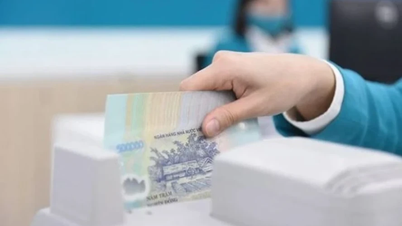
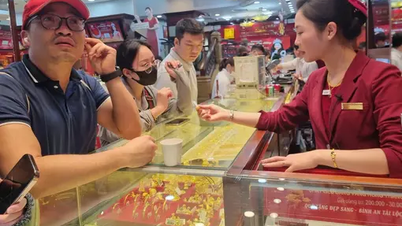

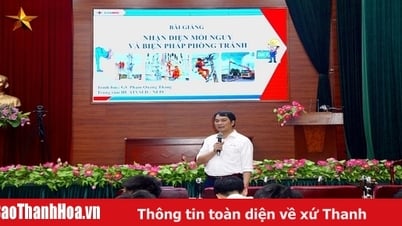



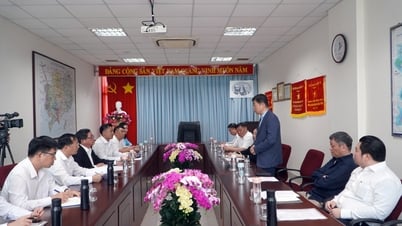




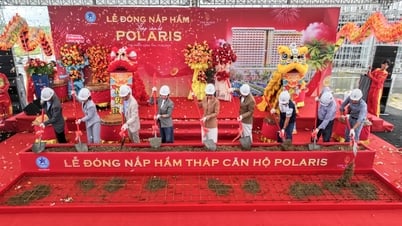
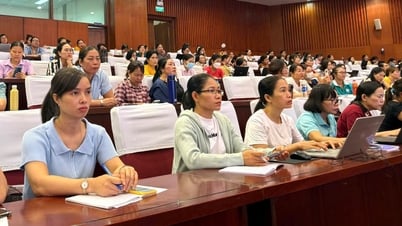

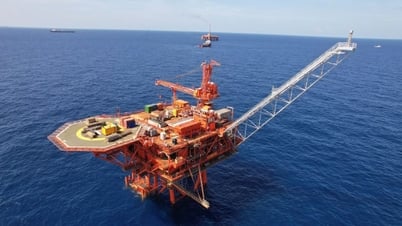
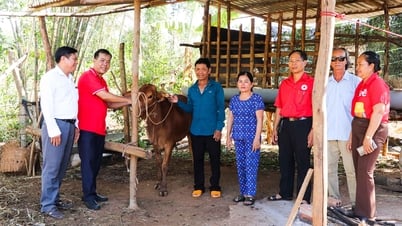
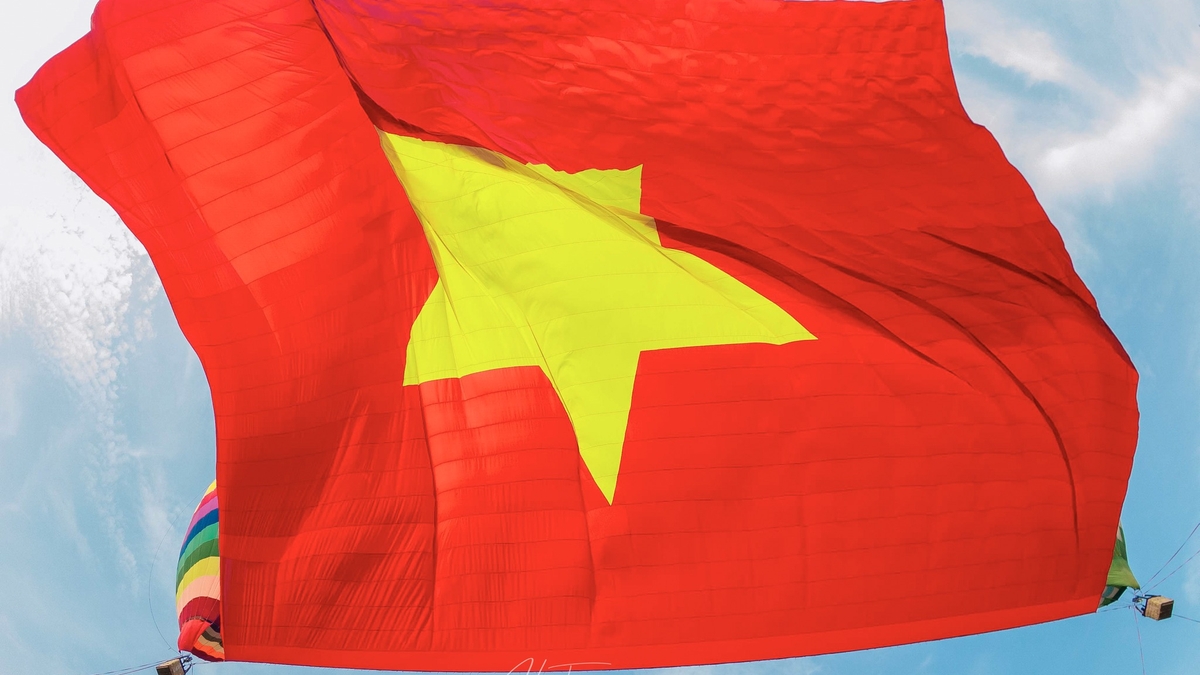







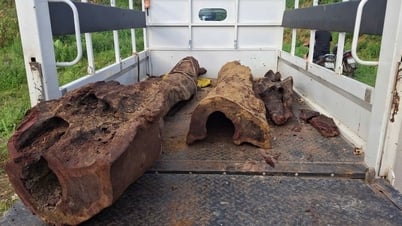
































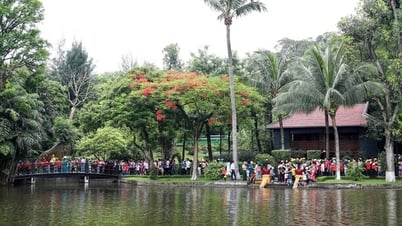

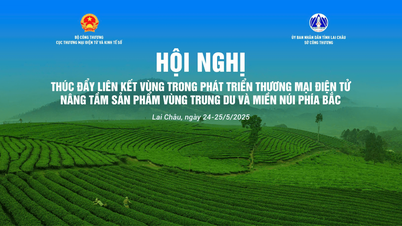
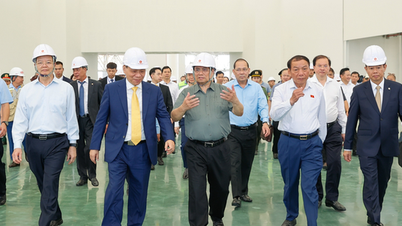
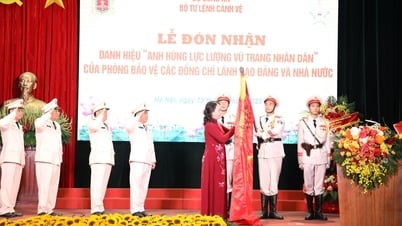




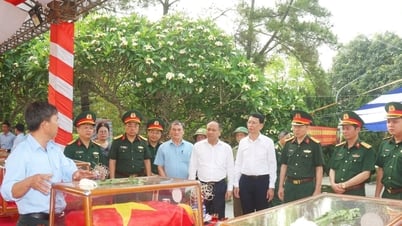



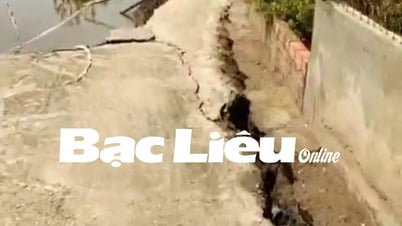
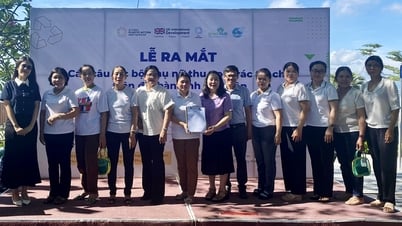

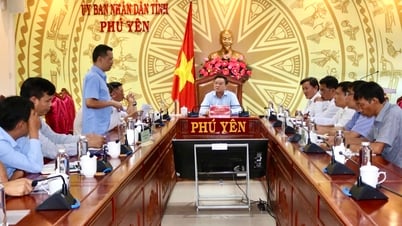


![[VIDEO] - Enhancing the value of Quang Nam OCOP products through trade connections](https://vphoto.vietnam.vn/thumb/402x226/vietnam/resource/IMAGE/2025/5/17/5be5b5fff1f14914986fad159097a677)





Comment (0)